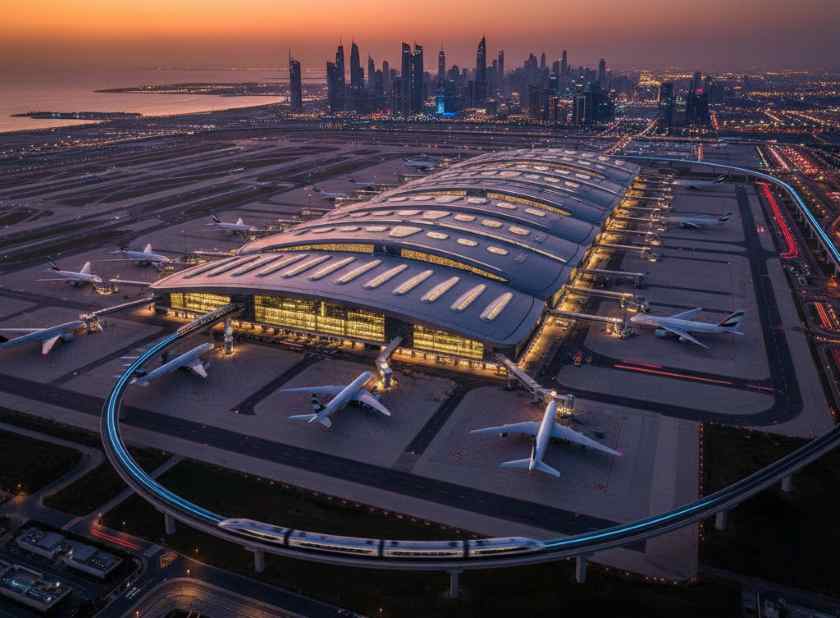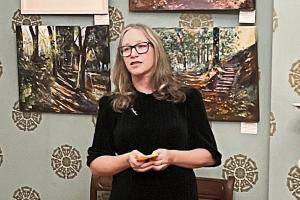T he Urdaibai Bird Center has been cutely styled like an international airport terminal, with multilingual boards marked Arrivals and Departures, and a raised observation platform resembling an air traffic control tower. Through a roof-mounted telescope I watch various avian species landing or taking off from little floating archipelagos on the adjoining lagoon. I am not a birder so I don’t know what they’re called, though I do recognise the (grey) heron by its pterodactyl flight profile.
Rowan Hardman, the centre’s environmental educator, points out lapwings, greenshanks, bank swallows. Her favourites are the spoonbills: “They’re big, white and dramatic, but also calm and static, always sleeping or preening. They reflect how this marsh has become a peaceful haven for them.

” This quiet corner of northern Spain, at the coastal edge of the Basque Country, is now a regular stopover on southward migration routes from the UK and Scandinavia to sub-Saharan Africa (then back again come spring). “We’ve got the Bay of Biscay to one side, the Pyrenees to the other,” says Hardman, a Briton from Portsmouth who relocated here 30 years ago. “So the birds are funnelled into this flight corridor between them, and we’re part of a chain of habitats along the way, like service stations.
” Since opening at a former cannery in 2012, this facility has been a success story in reclaiming and rewilding a previously dried-out, chewed-up agricultural tract. A different order of d.
























